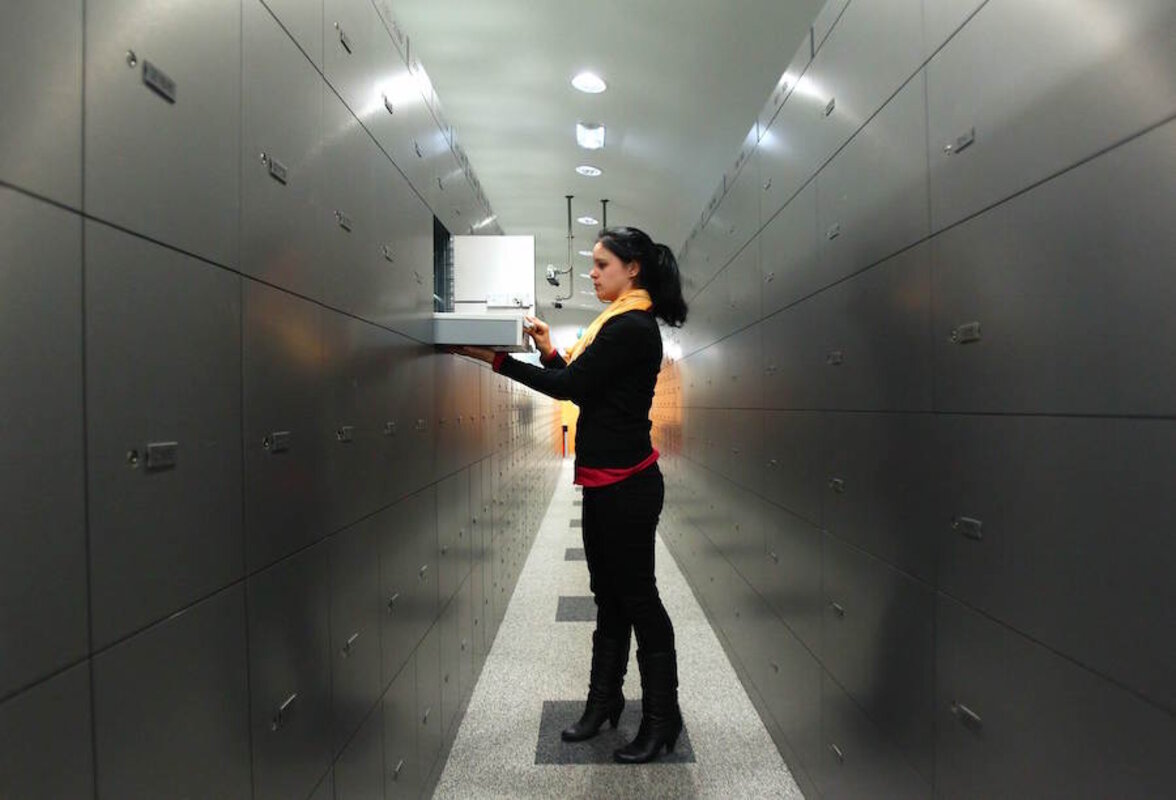Is your emergency fund too big?
Loading...
Three to six months of expenses: It’s the golden rule of emergency funds.
It’s also an intimidating goal when you start adding up all the elements of your budget.
But in a true emergency situation — a layoff, a medical emergency that leaves you unable to work — most of those elements would be deemed discretionary rather than necessary. And an emergency fund is designed to cover only the necessary monthly expenses (read: keep the lights on, not maintain your gym membership).
The danger of an overfunded emergency cushion
Danger may be a strong word — there’s never anything too wrong with saving more money. But there is a , and overstuffing your emergency fund has drawbacks.
The biggest: Conventional advice says that emergency money should be stored in a regular savings account, where you’ll earn at best 1% interest. Even following the , interest rates on savings, money markets and CDs are unlikely to jump overnight. Stashing too much money at low interest rates can mean actually losing money to inflation over time. (Recently, however, more experts are suggesting that .)
The other drawback is that you may be over-contributing to that emergency fund and neglecting . There is a big opportunity cost here, because that extra money is missing out on investment earnings. At 1% interest, you’ll get $200 a year on a $20,000 balance. If invested instead, the earnings could be seven times that.
Calculate how much you need
First, note that the guideline of three to six months refers toexpenses, not income. Even so, it’s a wide range. Where you fall on that spectrum depends on a variety of factors: Are you a single-income household? Aim higher. Is your job closely tied to the economy? Same. Is your income diversified, meaning one source may dry up but others will keep you afloat? Are there two earners in your home? You might be able to shoot a little lower.
Then you have to take a look at your actual expenses. (Tip: It helps to in place before starting this exercise.) This goes back to the necessary versus discretionary spending buckets. You can go without almost all discretionary items in an emergency situation: cable and other entertainment costs; restaurant spending; shopping; savings contributions. The exception is Internet, which you’ll need during a job search, for instance.
What’s left? Electricity, heat, water; rent or mortgage and car payments; food, health care costs, insurance and debt payments. Add up how much these cost per month, multiply that by the number of months you want to cover, and you have your target fund size.
Consider other sources of money
In a job loss situation, you’re going to want cash on hand. You can’t pay your mortgage with a credit card. You might also want to pad your emergency fund for expenses you know are coming — for example, if your roof is bumping up against its life expectancy. That can help you sleep at night.
But if you’re overfunding to prepare for unforeseen expenses, like the chance that your dog needs emergency surgery, keep in mind you may not need cash but rather a way to pay for something in a pinch. And that could be a credit card that you then pay off.
Make no mistake: One huge benefit of an emergency cushion is that it keeps you out of credit card debt. Going into such debt is not the suggestion here. But if your credit cards are free of debt, you may be able to put less money into an emergency fund because you can float an expense on the card and pay it off before interest begins to accrue.
How would you come up with the money to pay it off that quickly? You could dip into the emergency money you’ve set aside in case of job loss. You could scale back your savings contributions for a month or two; after all, if you’re the type to overfund your emergency fund, you probably have a fairly high savings rate and that money — even retirement contributions — could take a short-term detour. You could access cash you’ve set aside for other goals (a home down payment, next summer’s vacation). Or you can curb those discretionary expenses and live lean for a bit.
Putting any excess to better use
If you find that your emergency savings can be pared down, skim off the excess and . In 2015 and 2016, you can put up to $5,500 per year into one of these accounts (or $6,500 if you’re 50 or older).
Then, direct any future contributions you’d planned in one of two ways:
If your employer offers matching dollars on your 401(k) and you’re not contributing enough to earn the full match, that’s priority No. 1.
If you don’t have a 401(k), don’t get matching dollars or already contribute enough to max them out, the IRA is your best option. If you , there’s an added bonus: In a pinch — emphasis on pinch — the money you contribute could be used for an emergency, because Roth IRAs .
This article first appeared at




